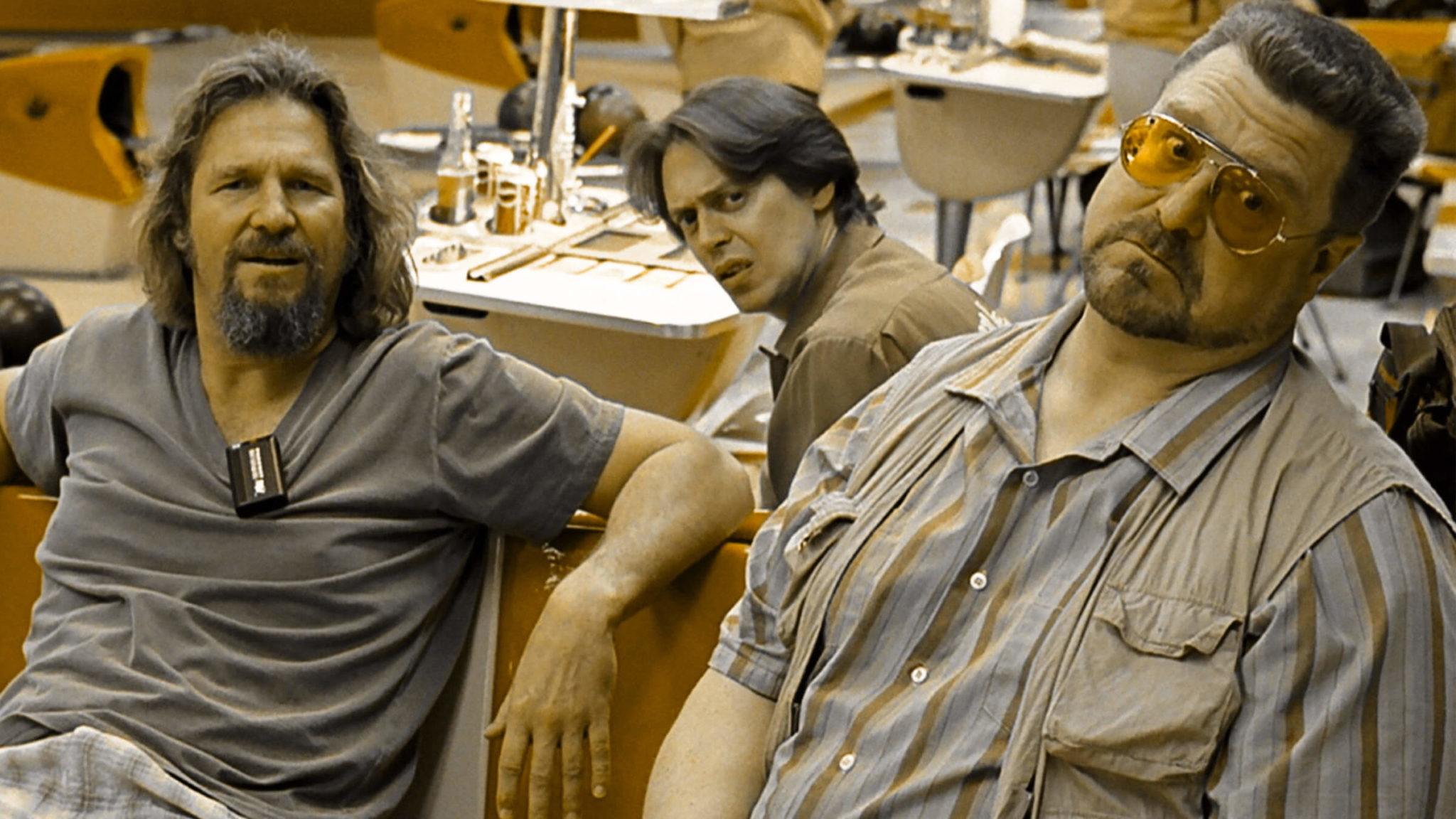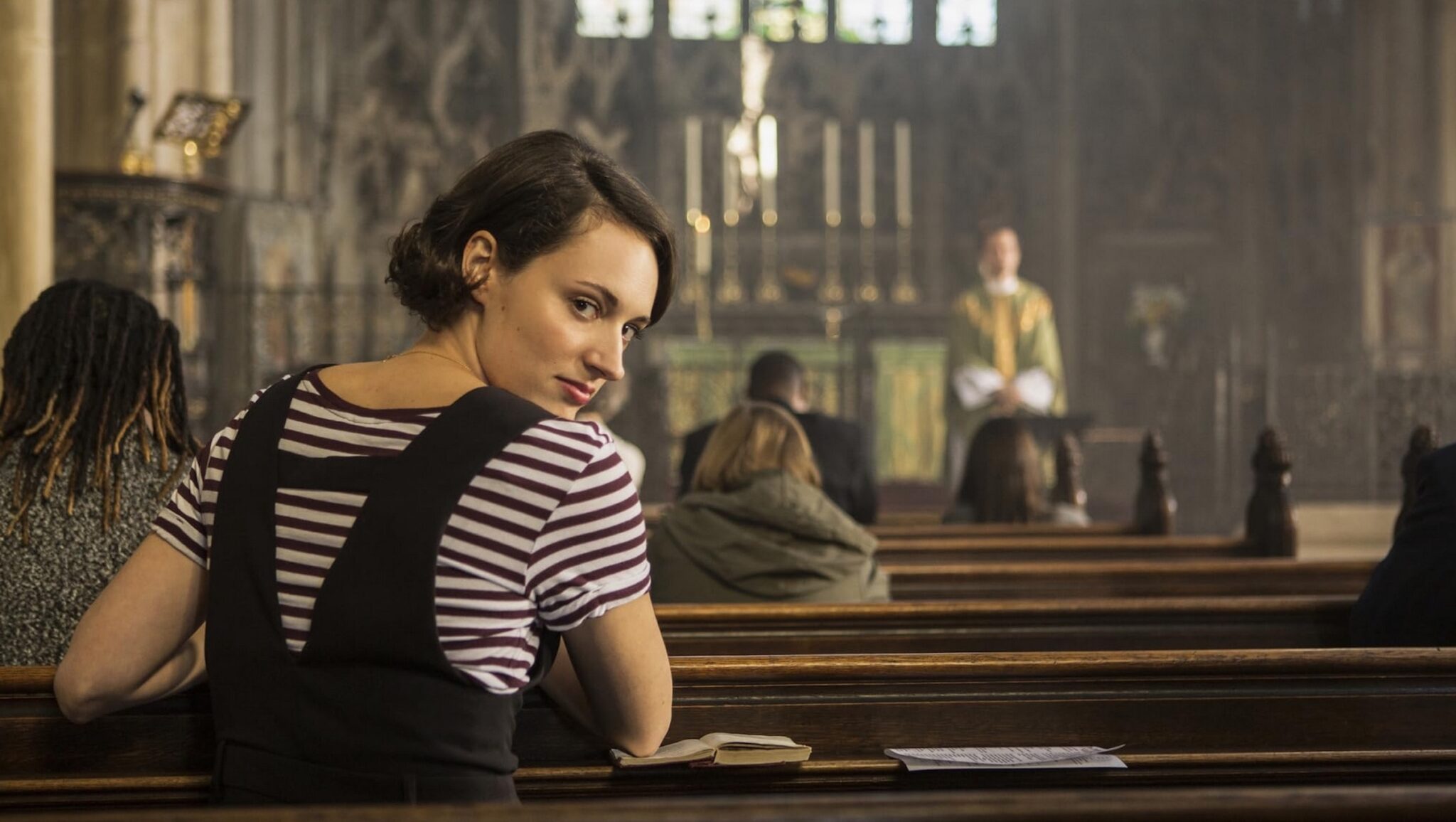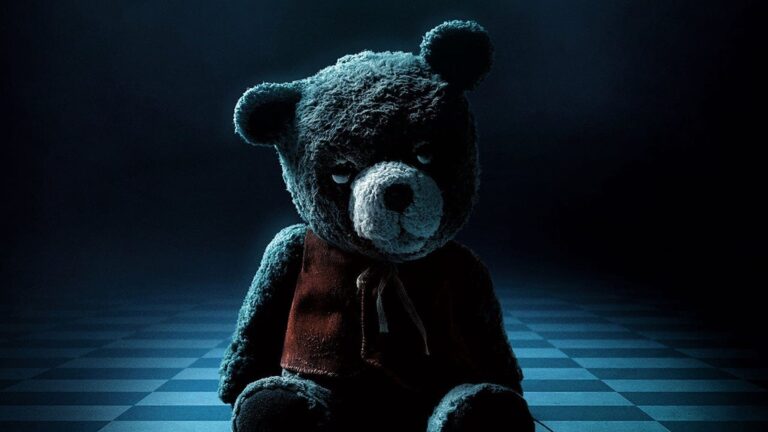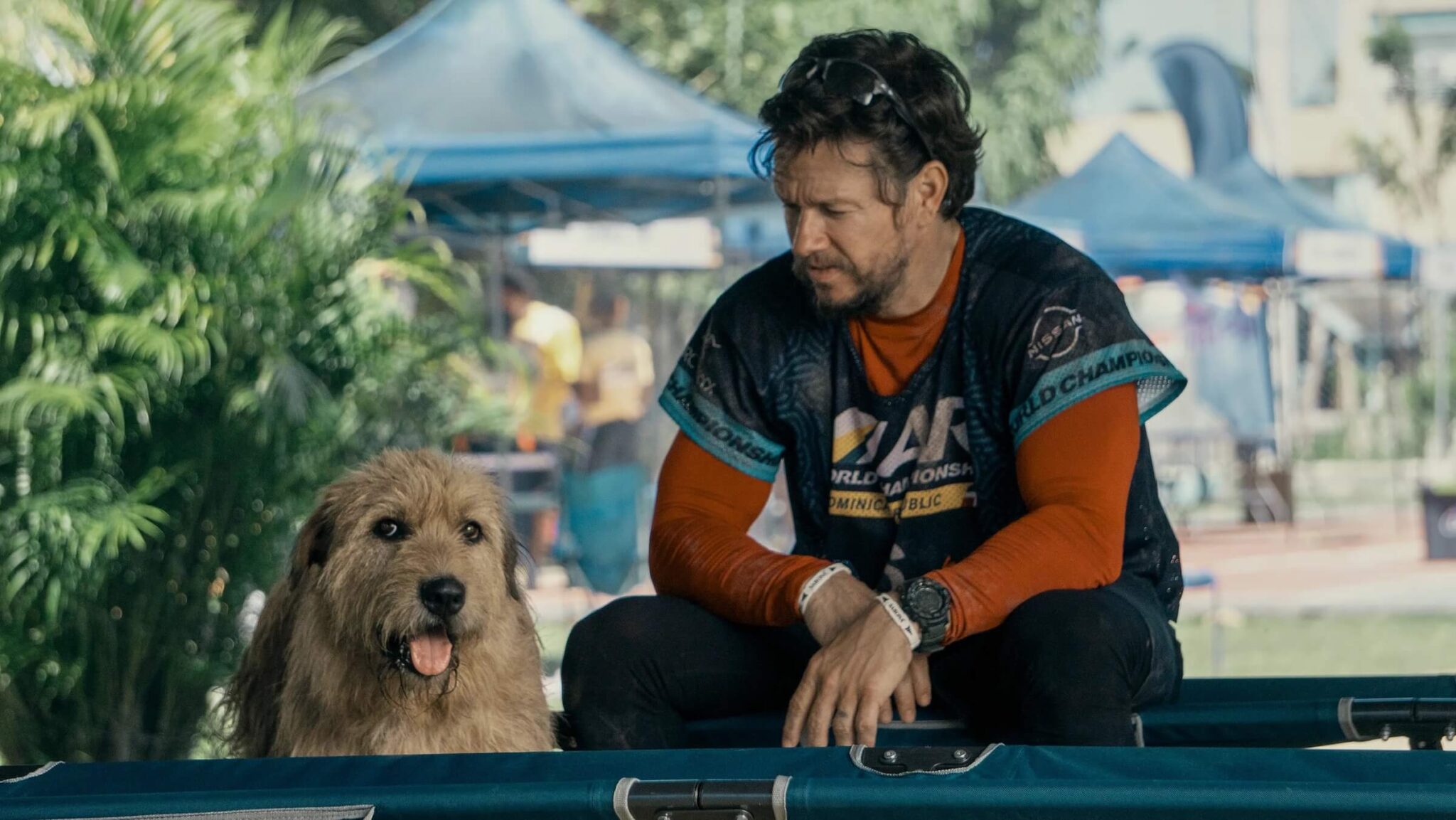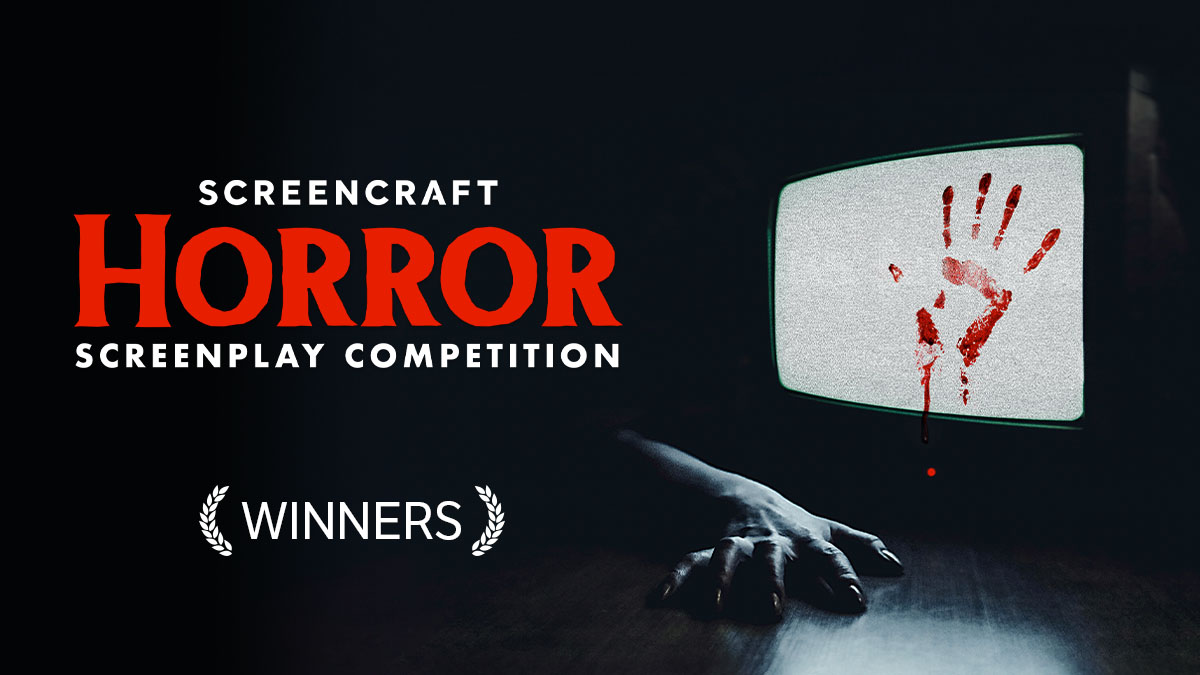How Screenwriters Can Embrace Horror in Their TV Scripts
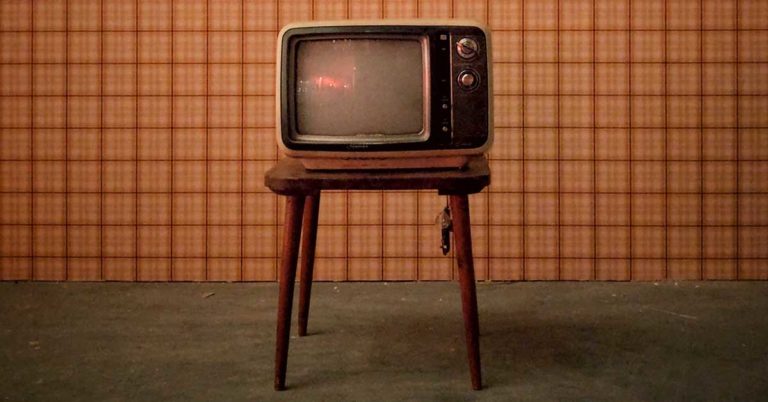
One rarely comes across a consistently, satisfyingly scary work of fiction, whether literary or cinematic, that breaches 2 hours or 300 pages. Once the genre encroaches these limits, the work usually breaks into another category. In the case of Dracula or Stephen King’s epics, for instance, the horror transfers into epic fantasy, a large-scale battle between good and evil. This might be why cinematic horror is confined to movies, rarely breaking into television while remaining actually scary. We’re in the golden age of TV, and horror is bigger than ever, but they’re not crossing over.
Do you have a pilot that needs to be read? Enter the ScreenCraft Pilot Launch TV Script Competition here.
This might seem untrue - there are plenty of successful shows that exist in the horror arena. But as a film lover and scholar, with a particular affinity for the macabre side of cinema, it’s difficult for me to separate myself from the genre’s tradition - it’s meant to shock and frighten, but at a human level. Shows like American Horror Story play with tropes in an oft-exciting (and frustrating) way, but rarely do their set pieces actually generate dread. The underrated Penny Dreadful is a beautiful and transgressive show that does its various source materials justice, though without being scary in itself, aside from a few unforgettable scenes.
Read More: What Makes A Killer Horror Movie Character? Common Horror Character Archetypes
Why is this?
The fundamental ingredient of fear is uncertainty, which requires concealment, confusion, even if only momentary. The best horror films withhold their monster’s full appearance until the last reel. Once you give people what they want (i.e., a big scary bad guy), they’ll lose interest - if you reveal your villain before the story runs its course, you risk the audience sending their attention elsewhere. Who can blame them? Who wants to stick with a story that has already given up its secrets?
Mysteries and thrillers operate on a similar principle, but they work for television because their goals are always tangible: catch a bad guy, stop a diabolical plan, et cetera. Horror has a less concrete goal in mind, which makes it difficult to translate to a long-form structure. One can’t sustain shock and uncertainty for interminable periods. Especially in our current era, when the news and non-fiction media are far more frightening than any film could be. If a TV show tries to be consistently scary, it often falls into repetitive territory, or goes too far altogether and just becomes grotesque.
So, how does one structure a horror show that will live on for several seasons?
The simple answer is: one doesn’t. One must take the principles of horror and plant them within a broader, more sustainable format. Buffy the Vampire Slayer, The X-Files and Twin Peaks are all structured as procedurals - each episode with a different conflict to address, a new piece of the mystery or drama - but their worlds are structured to allow moments of horror. By binding their narratives to more consistent, recognizable patterns - a murder mystery, high school drama, FBI protocol - the shows manage to remain believable. Thus, when supernatural evil emerges, it does come as a shock; there’s still uncertainty and doubt tied to the events, along with an essential dose of suspense.
That isn’t to say that TV shows can’t be wholly based in horror, but these offerings are usually niche or short-lived. Channel Zero follows an intelligent format - each season is no more than 6 episodes, and focuses on a different Creepypasta, accomplishing a satisfying arc without giving up their mysterious appeal. AMC’s miniseries The Terror draws out its titular fear for 10 hours, most of which revolves around human drama - and the tense beats of dialogue are necessary to justify the scenes of often-surreal brutality. These works’ insistence on pace, and their need for uncertain endings, prove that scary TV shows can only sustain themselves for so long.
Of course, conforming to genre isn’t the only way to make it work. Even more than their naturalistic counterparts, horrific television shows require strong characters. Audiences won’t fear for someone if they don’t care about them, aren’t interested in a genuine way. Mulder and Scully’s tense dynamic is the best part of The X-Files, as are the friendships on Buffy; while even the eerie Channel Zero bases its horror in believable, often disturbing human behavior. The human drama sustains the horror and gives it weight so that we don’t become desensitized.
This writer’s opinion remains firm: horror can’t stand alone in long-form television without undoing its mystery or relying on another genre to keep it moving. That isn’t to say it can’t be done, though. There’s nothing wrong with building fear inside a recognizable framework - it broadens the audience for your story, while giving it more space to explore all of its angles. On the other hand, miniseries are just as valid, perhaps even more so in our current market.
Horror has never made a fully satisfying cinematic meal, and it doesn’t have to. It isn’t the writer’s job to sustain constant fear, but rather to know precisely where to place it. The real art is the command of story.
 BEN LARNED is an independent genre writer and filmmaker based in Los Angeles. He has written for outlets such as Blumhouse, Bloody Disgusting, WeScreenplayand ScreenCraft. His column Forbidden Tomes is published twice a month on Daily Dead. His short stories have been published in The Book of Blasphemous Words, Danse Macabre, and WitchWorks.
BEN LARNED is an independent genre writer and filmmaker based in Los Angeles. He has written for outlets such as Blumhouse, Bloody Disgusting, WeScreenplayand ScreenCraft. His column Forbidden Tomes is published twice a month on Daily Dead. His short stories have been published in The Book of Blasphemous Words, Danse Macabre, and WitchWorks.
For all the latest ScreenCraft news and updates, follow us on Twitter, Facebook, and Instagram.
Get Our Screenwriting Newsletter!
Get weekly writing inspiration delivered to your inbox - including industry news, popular articles, and more!












